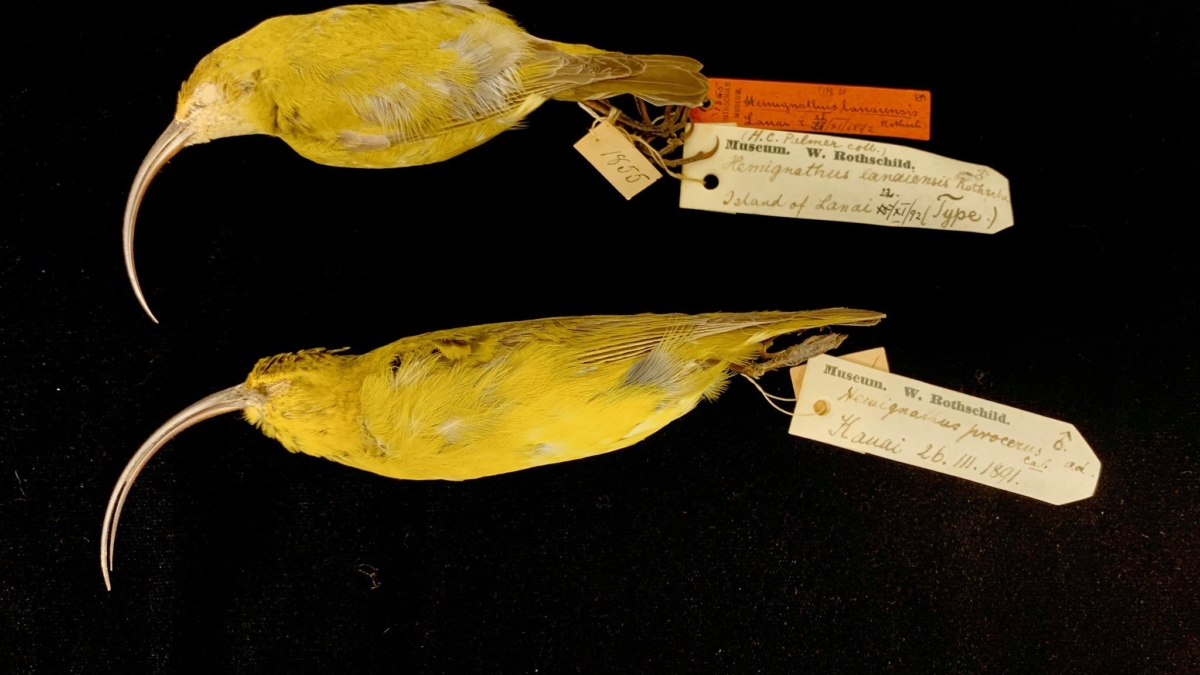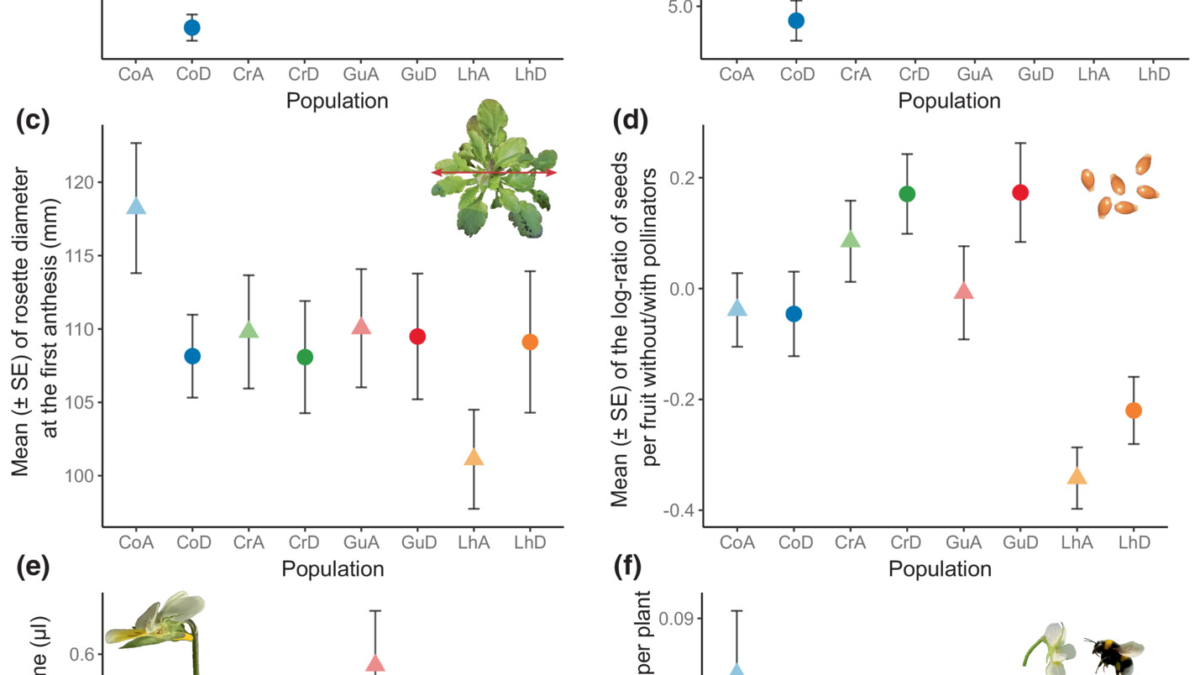Trump border wall to go up in national monument, wildlife refuge – Department of Homeland Security waives dozens of environmental and other laws

By Astrid Galvan and Nomaan Merchant
14 May 2019
PHOENIX (AP) – The U.S. government plans on replacing barriers through 100 miles (161 kilometers) of the southern border in California and Arizona, including through a national monument and a wildlife refuge, according to documents and environmental advocates.
The Department of Homeland Security on Tuesday again waived environmental and dozens of other laws to build more barriers along the U.S.-Mexico border.
Funding will come from the Defense Department following the emergency declaration that President Donald Trump signed this year after Congress refused to approve the amount of border wall funding he requested.
Barriers will go up at Organ Pipe Cactus National Monument, a vast park named after the unique cactus breed that decorates it, and Cabeza Prieta National Wildlife Refuge, which is largely a designed wilderness home to 275 wildlife species. The government will also build new roads and lighting in those areas in Arizona.
Environmental advocates who have sued to stop the construction of the wall say this latest plan will be detrimental to the wildlife and habitat in those areas.
“The Trump administration just ignored bedrock environmental and public health laws to plow a disastrous border wall through protected, spectacular wildlands,” said Laiken Jordahl, who works on border issues at the Center for Biological Diversity.
The Department of Homeland Security did not immediately respond to a request for comment but has typically not said much about construction plans. […]
The waivers the department issued Tuesday are vague in their description of where and how many miles of fencing will be installed. The Center for Biological Diversity says the plans total about 100 miles (160 kilometers) of southern border in both Arizona and California, near Calexico and Tecate. […]
The government has already demolished refuge land in the Rio Grande Valley of Texas and construction is set to begin any day. On one section of the Lower Rio Grande Valley National Wildlife Refuge, crews have used heavy construction equipment to destroy a mix of trees, including mesquite, mulberry and hackberry. Those trees protect birds during the ongoing nesting season. [more]


